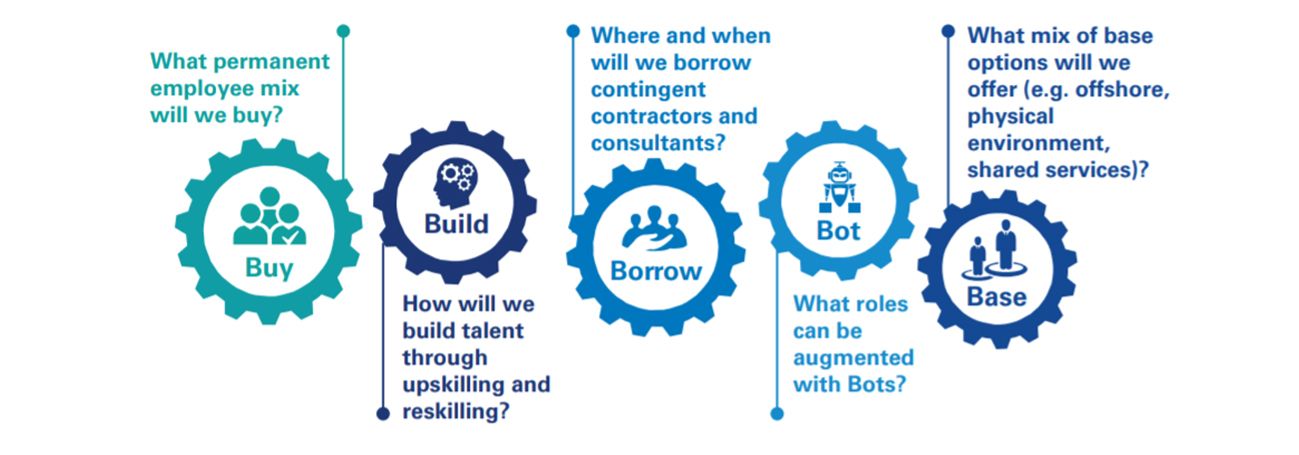During these uncertain times, companies that act with Integrity and Empathy may stand the best chance of supporting their customers and protecting their business, while also laying the seeds for future growth. These are 5 steps to stay connected with your customers.

The Six Pillars of customer experience is derived from 10 years of primary research across 3,000 brands in 25 countries. It shows the principles that govern all positive human experiences. Integrity and Empathy are specifically addressed to connect emotionally with customers.
- Empathy Showing that you care, choosing the right emotional response to meet the customer’s circumstances.
- Personalization Understanding the customer’s circumstances, putting the customer back in control.
- Time and Effort Making it easy for customers to access information, access customer communities helpfully.
- Expectations Setting, managing and meeting customer expectations accurately in these difficult times.
- Resolution Responding rapidly to customer needs and finding solutions to new customer problems, accelerate innovation.
- Integrity Doing the right thing, prioritizing safety, protecting the vulnerable, being seen to act fairly.

We believe that to be successful, organizations must:
- Have future-sight Be flexible, adapt to this changing situation, combining intelligent insight with technology and vision.
- Be everyone-centric Walk in customers’ shoes to understand what they need. Be prepared to be flexible to the needs of different groups.
- Be human Keep your language simple to explain what you are doing, why and the benefits to your customers. Providing clear and ongoing communication is vital in a crisis.
- Listen and respond Continually monitor the situation and the response of customers to measure your success. If it is not working, change it.

Each organization will need a unique workforce composition to ensure they are able to navigate the new normal. The shape of the workforce will be determined by the adoption of the optimal mix of the five B’s:


Commercial resilience is critical and is all about understanding and meeting rapidly changing customer demand, needs and behaviors.

- Analyze changes in market, product, service and customer segment demand and behaviors.
- Review pricing, sales and service requirements.
- Decide which activities to stop, start and continue – and assess how resources can be reallocated.

- Identify where new demand is emerging and how existing resources could be transferred to these areas.
- Assess opportunities for collaboration and partnerships, in order to share resource.

- Assess the implications of material shifts in resource and the impact on core processes, governance and control.
- Consider post-crisis arrangements including sale, distribution and marketing strategies reflecting changes in demand.


- Segment customers in response to immediate changes in demand and buying behaviors.
- Develop a cross-functionality plan to ensure all aspects of the customer’s experience are covered.
- Identify quick wins, those aspects of the business which are suddenly very relevant (e.g. collaboration opportunities).

- Develop new digital marketing and communications platforms to engage customers directly and respond to their needs through personalized interactions at scale.
- Initiate agile innovation teams to respond creatively to changes in customer needs.

- Determine the new role for your brand, re-setting brand and customer strategy to ensure long-term growth.
- Re-engineer customer journeys and processes to meet altered needs and behaviors.
- Track further changes in customer demand and behaviors.
Connect with us
- Find office locations kpmg.findOfficeLocations
- kpmg.emailUs
- Social media @ KPMG kpmg.socialMedia




